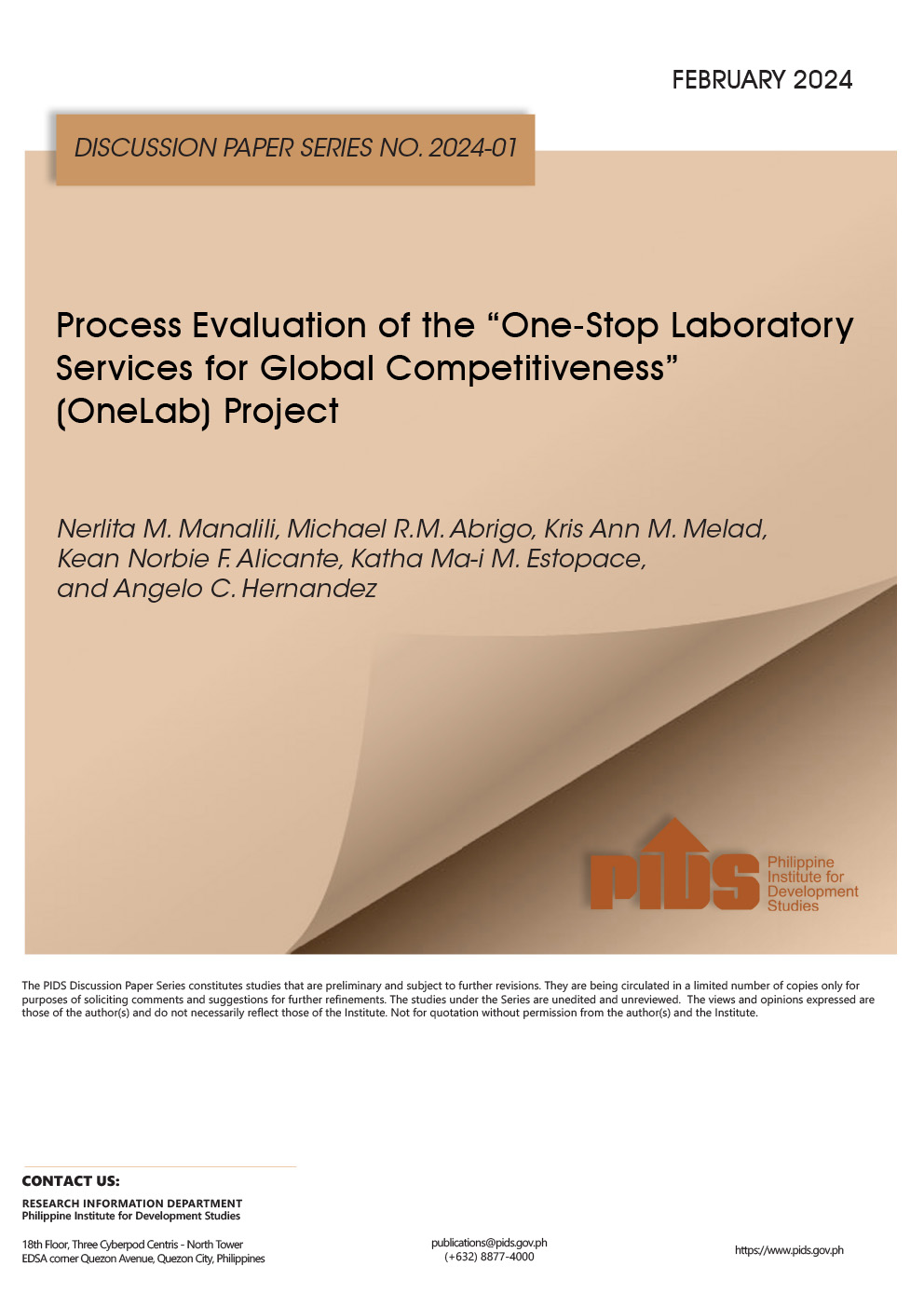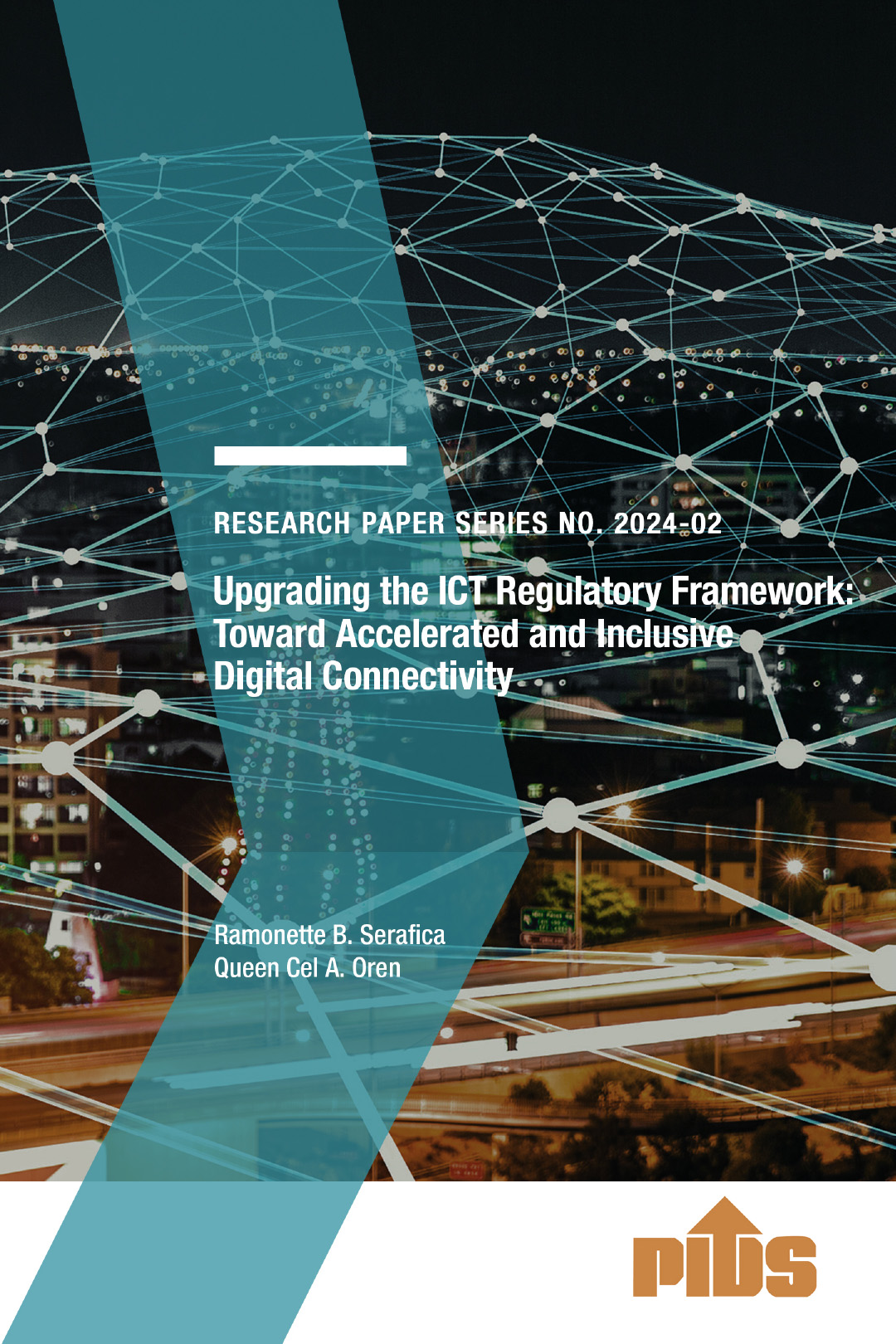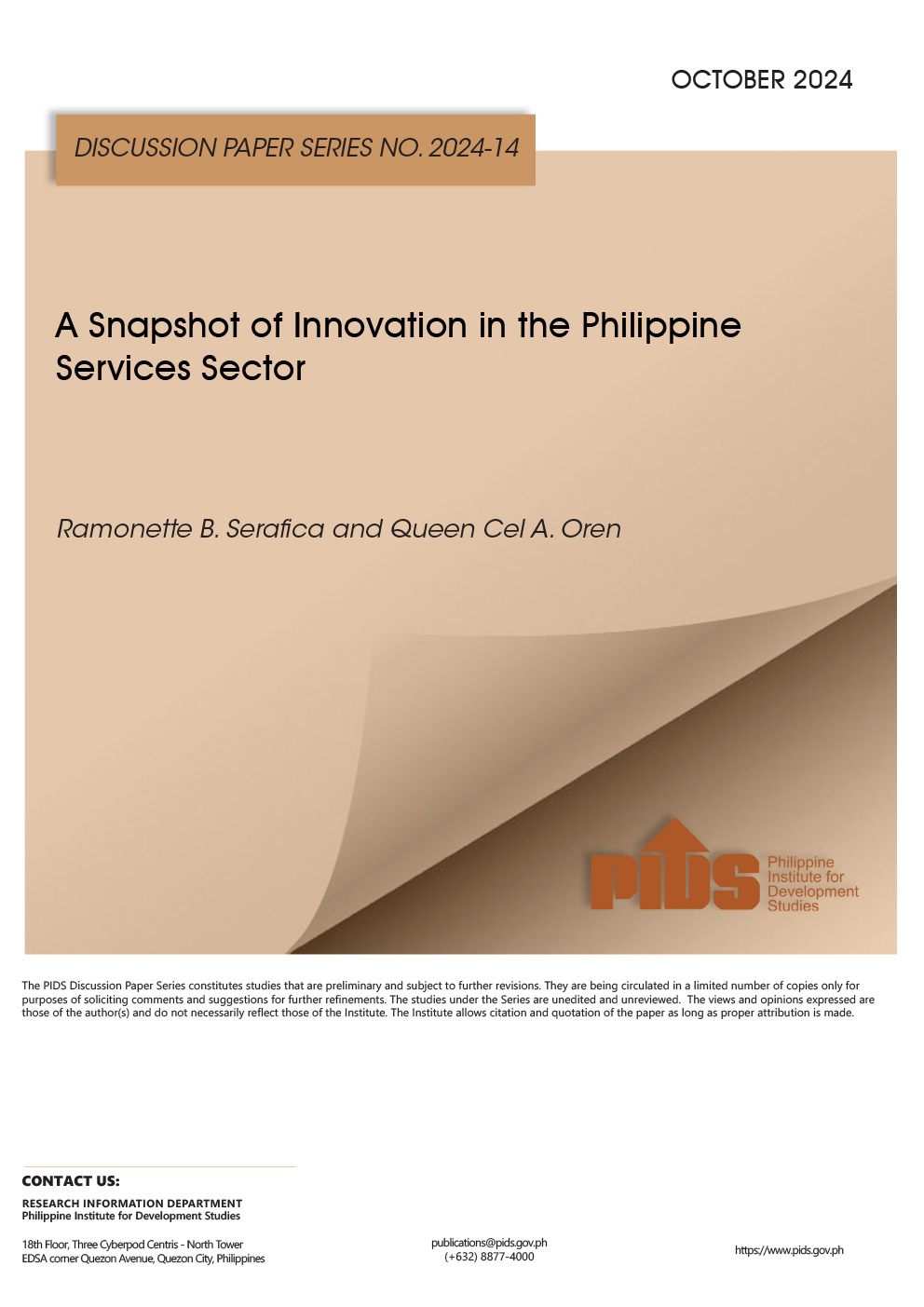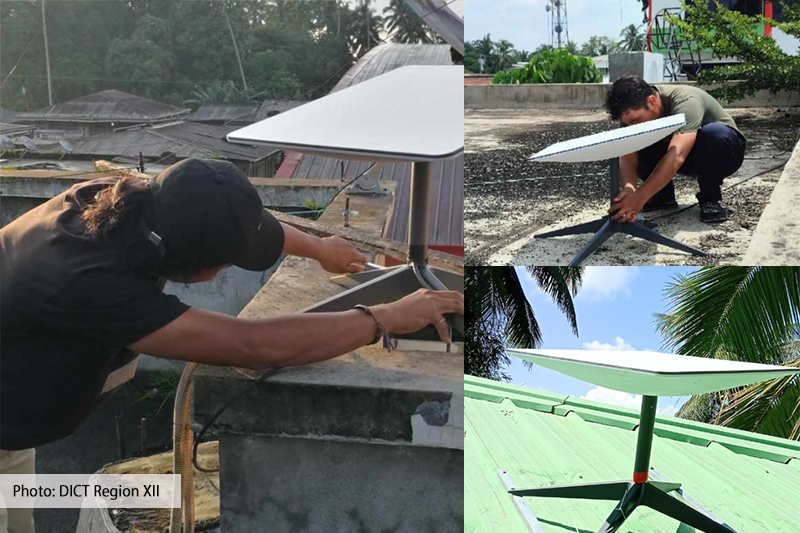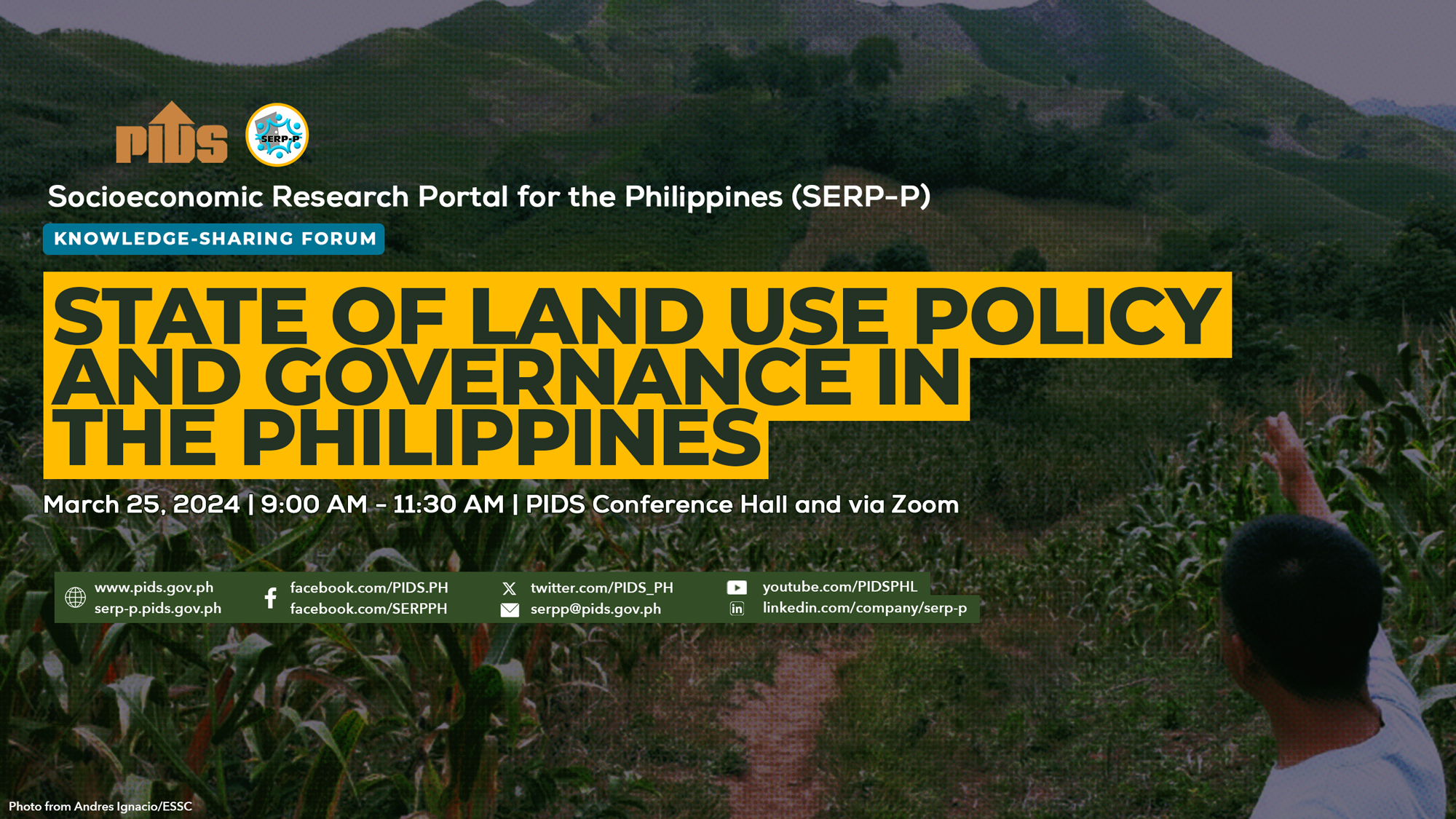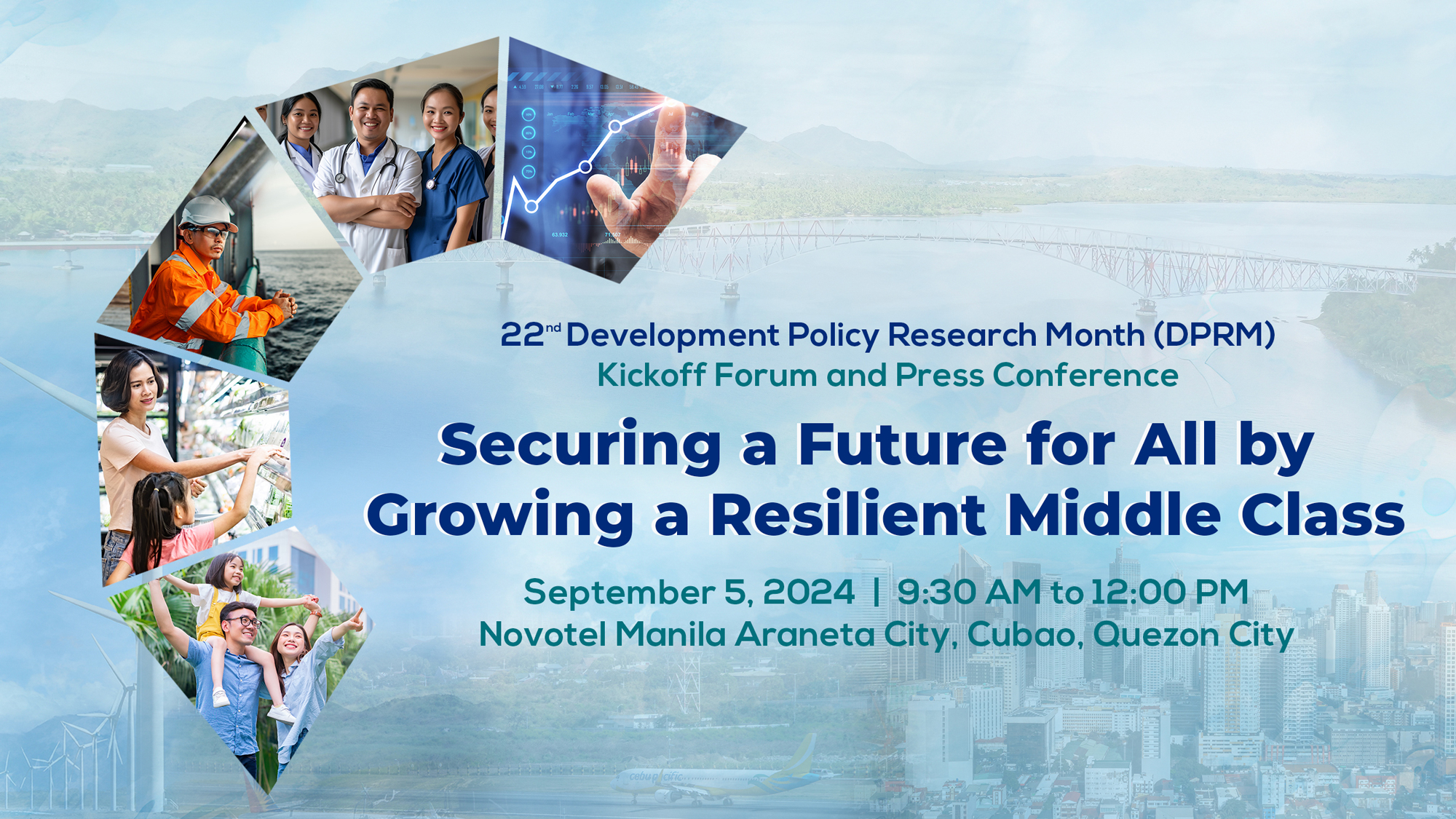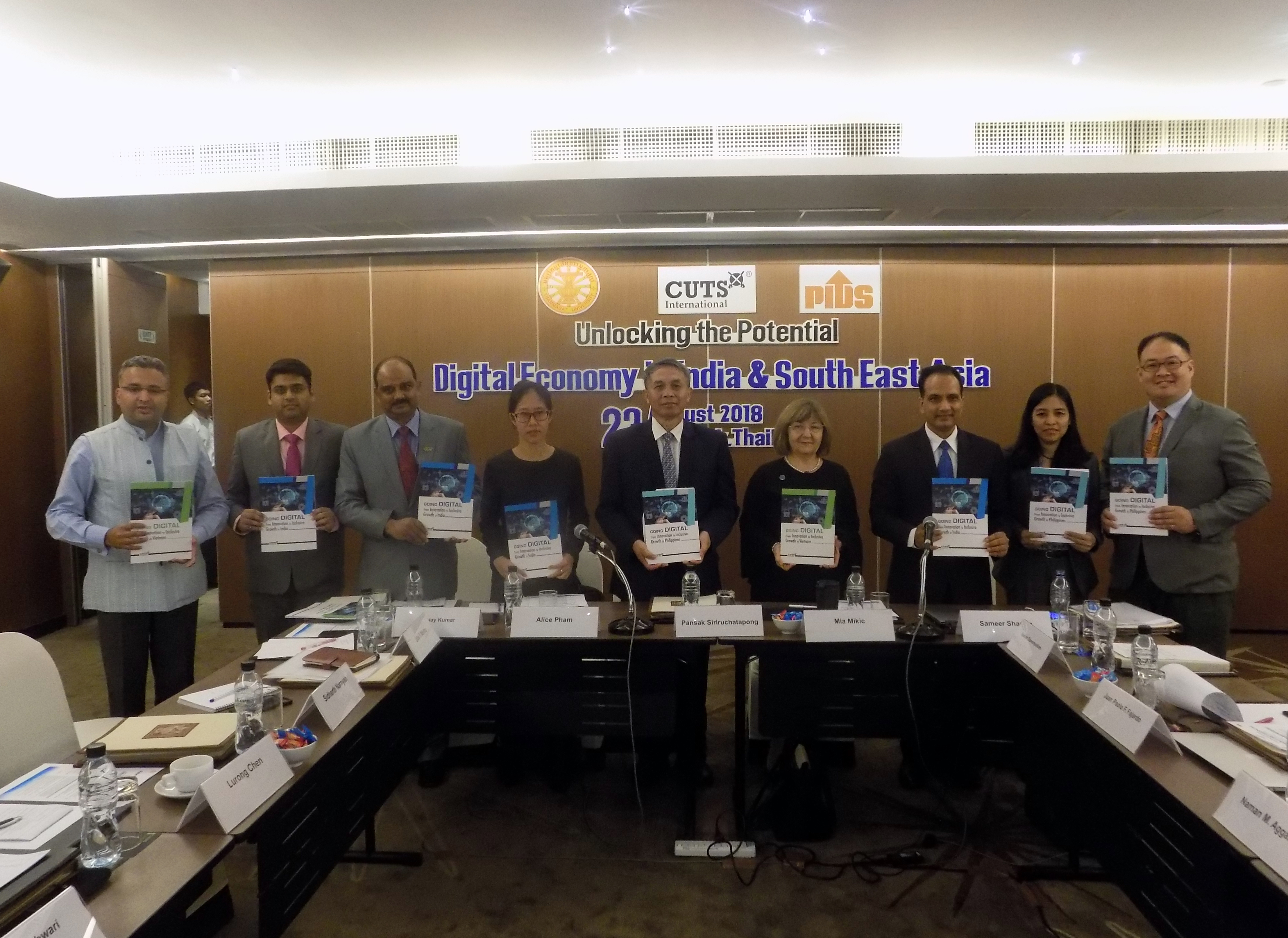
Digitalization plays a key role in achieving the sustainable development goals in Southeast Asian countries. This was the consensus of advocates who gathered in ‘Unlocking the Potential: Digital Economy in India & South East Asia’, a conference organized by the Consumer Unity and Trust Society (CUTS) in partnership with the Philippine Institute for Development Studies (PIDS) and Thammasat University. The event was held at Hotel Radisson Suites in Bangkok, Thailand, recently.
Opening the conference by sharing CUTS’ 35 years of achievements in advocacy work not only in India but also across the globe, CUTS International Viet Nam Director Alice Pham noted the organization’s key involvement in the promotion of consumer rights, competition, trade, and now in harnessing the digital economy.
A roadmap that identifies the role of the key players of society—consumers, business, and government—can assist in delivering a cohesive effort toward forming a digital nation. This has been the focus of Thailand’s Vice-Minister for Digital Economy and Society Pansak Siriruchatapong in his presentation of the ‘Digital Thailand’ framework. His country, he noted, is preparing for the digital revolution by modernizing the rural areas, building smart cities, and providing capacity building to its workforce.
Ongoing and planned initiatives in other Asian countries were also discussed. For the Philippines, PIDS Supervising Research Specialist Maureen Rosellon presented the case of the Technical Education and Skills Development Authority (TESDA) Online Program (TOP) and CARD Bank’s konek2CARD (k2C). TESDA Executive Director Ma. Susan Dela Rama reacted to the Philippine Country Report stating that the TOP has been successful in delivering free education to remote areas in the Philippines, thereby helping rural people increase their skill sets and broaden their economic opportunities.
Rosellon also highlighted how the Philippines’ strong mobile market and the current administration’s infrastructure program (Build, Build, Build) can bring progress through digitalization.
“Improving the country’s internet infrastructure is crucial as consumers have long suffered from costly yet inefficient internet services. As such, Filipinos, particularly those in rural areas where line-based connections are scarce, have been unable to participate fully in the digital economy,” she said.
Rosellon noted that the lack of internet access is compounded by capability issues brought about by the socio-demographic differences among users. Both factors—lack of access and gaps in usage capability—constitute the ‘digital divide’, a phenomenon that is also observed in India and Viet Nam.
For his part, Lalit Panda, research fellow at the Vidhi Centre for Legal Policy in India, tackled the issue of data privacy. “The idea of privacy and data continues to evolve with the shift in cultural values across countries,” he explained. According to Panda, this shift emanates from the impact of digitalization whereby one of the most common perceptions is that machines would replace human labor particularly with tasks that can be automated.
Huawei’s Vice-President for Global Government Affairs, Trade Facilitation, and Market Access Simon Lacey allayed this fear, explaining that there are certain jobs that would be difficult to automate, such as those in the creatives industry, which require human creativity despite the presence of artificial intelligence (AI). There are also jobs that will be created by the digital economy, he added, although they require a different skill set.
With the rise of AI technology, Trade Advisors Chief Executive Officer Anthony Abad from the Philippines warns that while it can bridge gap and inequality, it could also potentially widen it, as firms could monopolize the market simply through the acquisition and handling of data.
At the end of the forum, it became clear that unlocking the potential of the digital economy requires more information, research, and exploration hence the need for government, business sector, and consumers to work together to harness the benefits of digital technology. ###
Opening the conference by sharing CUTS’ 35 years of achievements in advocacy work not only in India but also across the globe, CUTS International Viet Nam Director Alice Pham noted the organization’s key involvement in the promotion of consumer rights, competition, trade, and now in harnessing the digital economy.
A roadmap that identifies the role of the key players of society—consumers, business, and government—can assist in delivering a cohesive effort toward forming a digital nation. This has been the focus of Thailand’s Vice-Minister for Digital Economy and Society Pansak Siriruchatapong in his presentation of the ‘Digital Thailand’ framework. His country, he noted, is preparing for the digital revolution by modernizing the rural areas, building smart cities, and providing capacity building to its workforce.
Ongoing and planned initiatives in other Asian countries were also discussed. For the Philippines, PIDS Supervising Research Specialist Maureen Rosellon presented the case of the Technical Education and Skills Development Authority (TESDA) Online Program (TOP) and CARD Bank’s konek2CARD (k2C). TESDA Executive Director Ma. Susan Dela Rama reacted to the Philippine Country Report stating that the TOP has been successful in delivering free education to remote areas in the Philippines, thereby helping rural people increase their skill sets and broaden their economic opportunities.
Rosellon also highlighted how the Philippines’ strong mobile market and the current administration’s infrastructure program (Build, Build, Build) can bring progress through digitalization.
“Improving the country’s internet infrastructure is crucial as consumers have long suffered from costly yet inefficient internet services. As such, Filipinos, particularly those in rural areas where line-based connections are scarce, have been unable to participate fully in the digital economy,” she said.
Rosellon noted that the lack of internet access is compounded by capability issues brought about by the socio-demographic differences among users. Both factors—lack of access and gaps in usage capability—constitute the ‘digital divide’, a phenomenon that is also observed in India and Viet Nam.
For his part, Lalit Panda, research fellow at the Vidhi Centre for Legal Policy in India, tackled the issue of data privacy. “The idea of privacy and data continues to evolve with the shift in cultural values across countries,” he explained. According to Panda, this shift emanates from the impact of digitalization whereby one of the most common perceptions is that machines would replace human labor particularly with tasks that can be automated.
Huawei’s Vice-President for Global Government Affairs, Trade Facilitation, and Market Access Simon Lacey allayed this fear, explaining that there are certain jobs that would be difficult to automate, such as those in the creatives industry, which require human creativity despite the presence of artificial intelligence (AI). There are also jobs that will be created by the digital economy, he added, although they require a different skill set.
With the rise of AI technology, Trade Advisors Chief Executive Officer Anthony Abad from the Philippines warns that while it can bridge gap and inequality, it could also potentially widen it, as firms could monopolize the market simply through the acquisition and handling of data.
At the end of the forum, it became clear that unlocking the potential of the digital economy requires more information, research, and exploration hence the need for government, business sector, and consumers to work together to harness the benefits of digital technology. ###

